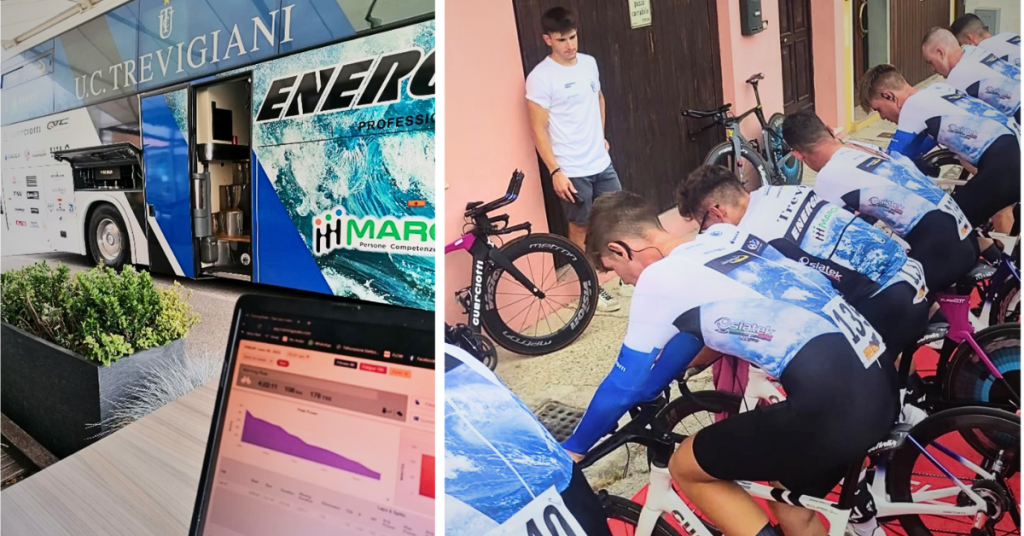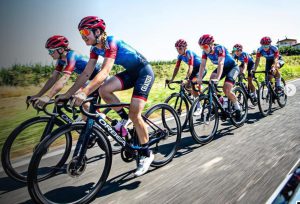
Stage races are very different from one-day races.
They typically have quite a lot of elevation gain, where it is crucial to develop high VAM values both for those aiming for victory and those who need to ‘bail out’ for stages that are quieter in terms of elevation.
In addition, the ‘durability’ and resilience factors play an even more prominent role in these contexts.
Beyond individual characteristics, some common aspects for each athlete need to be prioritized. First and foremost is volume, especially low-intensity volume. Accumulating training volume improves several aspects, not only those related to sub-maximal intensities but also ‘durability’ and efficiency.
High workloads as a function of stage running must be optimized by nutrition periodized correctly. In particular, proper management of carbohydrate intake is successful.
The Overvam app can integrate nutrition and training to optimize the outcome.
High-intensity volume should be well weighted: it would seem like an obvious statement, but it is a common mistake to see either doing too much or too little of this; other times, there is just a mistake in the prescription of intensity, which, especially regarding the anaerobic threshold, is overestimated.
High intensity is a double-edged sword: it takes very little to go from correct to too much, and this ‘jump’ – if repeated – results in negative rather than positive effects on performance; when, on the other hand, the prescription is correct, the benefits are remarkable in giving that necessary boost to performance.
Stefano Nardelli
Ex PRO Cyclist
BSc, MSc, Performance Coach and Scientific Consultant at OVERVAM

